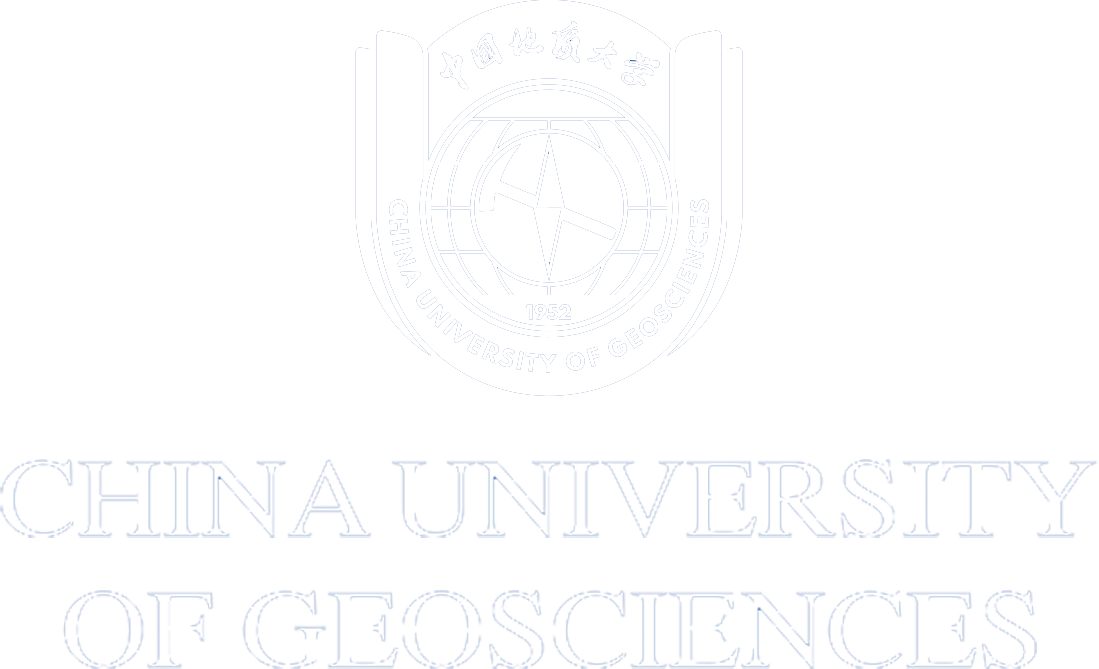The development of a long-term and sustainable energy economy is one of the most significant technological challenges facing humanity. Photoelectrochemical (PEC) technology is considered as the most attractive route for converting solar energy into chemical energy. However, the slow reaction kinetics of PEC oxidation and reduction greatly hinder its practical application. To address this issue, engineering photoelectrodes with various defects can significantly improve their catalytic performance, which can not only regulate catalyst electronic structure but also promote charge transfer/separation by serving as an active/adsorption/energy storage site. Herein, the defect engineering strategies for photoelectrodes are systematically summarized, focusing on the latest progress in defective photocathode for energy conversion. First, an overview of defect types, basic principles of photocathode, and the positive role of defects in the photocathode are provided. Second, the construction strategies and characterization methods of defective photocathode are summarized. Then, the progress of typical energy conversion applications, including hydrogen production, CO2 reduction, and nitrogen reduction over defective photocathode, is reviewed, highlighting the crucial role of defects in high catalytic performance. Finally, the challenges and future prospects of defective photocathode are discussed, aiming to bring new opportunities for the development of photocathode through defect engineering.
Article link: https://doi.org/10.1002/adfm.202304925




 Address
Address
 E-Mail
E-Mail
 Telephone
Telephone